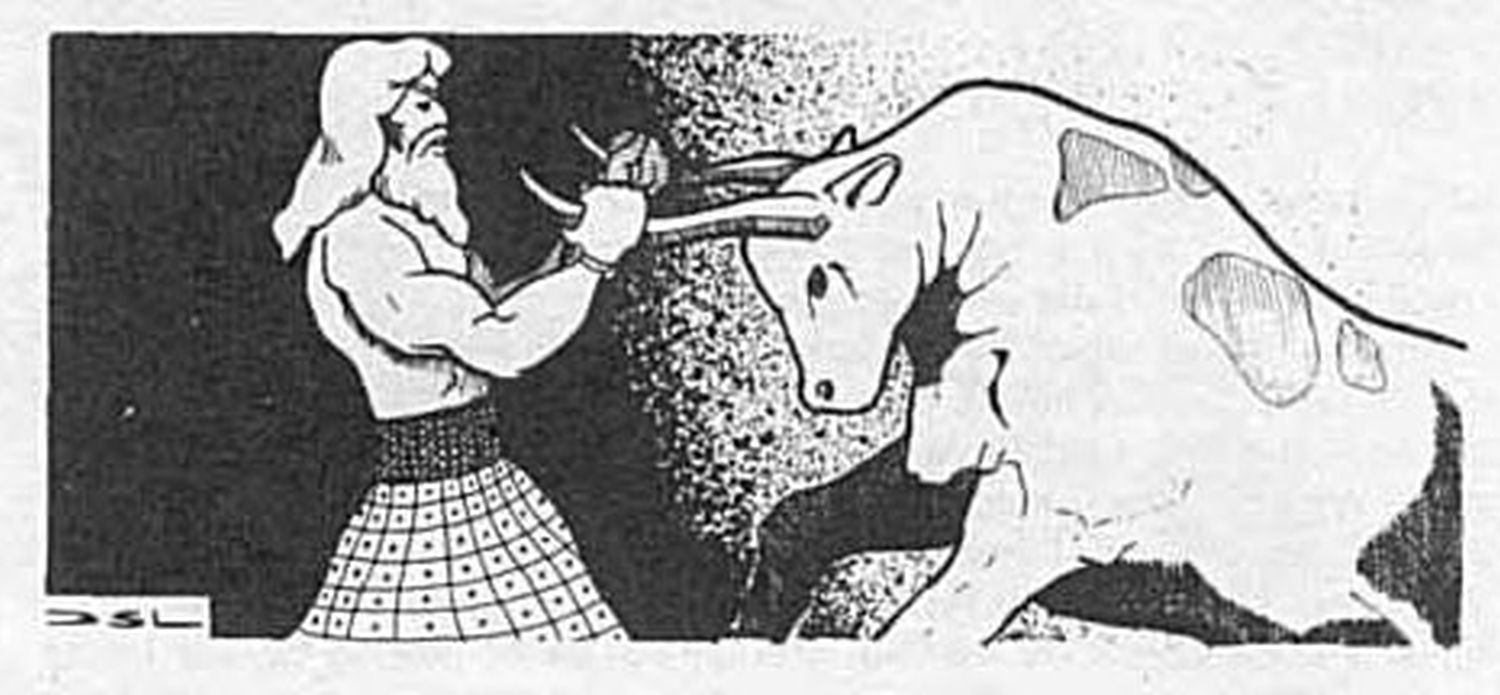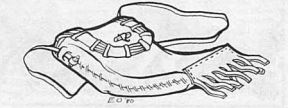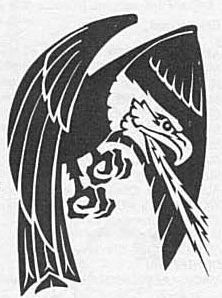The Celtic Mythos, Part 1
Well, there’s some semi-big news ’round about here. First, I started a The Four Color Hack campaign yesterday. It’s a small group, including one player who’s only in town every two months or so, but we had fun. Three of the four players had sat in on my very first playtest, back when the combat system said it emulated the fastly furious action of comic books, but failed miserably to do so. I’m happy to report that the terrible slog that was TFCH combat back then is a thing of the past. That’s not to say we didn’t hit some rough patches, and I did get some good feedback from players, but I think most if not all of the problems were due either to me not explaining things well or to the system being unfamiliar to the players.
Speaking of The Four Color Hack, I’ll almost certainly be uploading the necessary files to DriveThruRPG this week so that TFCH can go from PDF only to print-on-demand. I’m also trying to teach myself how to use Scribus well enough so that I can offer Demi-Human Adventurers for Swords & Wizardry White Box as another print-on-demand product. Huzzah.
But, wait, there’s more in the news department. Ludi Fabularum: Games of Stories, the 16-hour course I’ve developed, kicks off tomorrow with my first group. I’m using Skill Centric Role Play by David Holmes and Hero Kids by Hero Forge Games along with a student workbook of my own in order to teach skills related to writing, editing, teamwork, et cetera. Interest in both Ludi Fabularum and my services as a private tutor seem to be picking up.
Unfortunately, I’ve had more than one prospective client opt for not hiring me due to my fee. Tutoring isn’t a side job for me. I’m trying to build it into my primary source of income, which means meeting a minimum income. It bums me out having to tell a prospective client that I can’t afford to lower my fee below X. I mean, I love teaching, and I want to help, but at the end of the day I’ve got bills to pay just like everyone else.
To help, I’ve set up a GoFundMe to raise money for scholarships for Ludi Fabularum. I’m shooting for $2000, which is enough to offer about two dozen partial scholarships for students. You can read more about this fundraiser at this link.
And now to continue pillaging the AD&D Deities & Demigods for things to convert to D&D 5E. Today is the first of two posts that update material from the Celtic Mythos for use with D&D 5E.
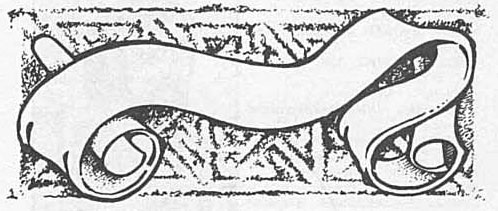
Cauldron of Scrying
Wondrous item, very rare (requires attunement by a cleric with the Nature domain or a druid)
This iron pot (weight 10 lb.) functions only when filled with a gallon of fresh blood from a beast. For an hour after the cauldron of scrying is filled with blood, you can cast the scrying spell (save DC 17) while touching the cauldron. The cauldron of scrying acquires different properties if filled with different types of blood.
Cauldron of Mind Reading. If the cauldron is filled with a gallon of fresh blood from an aberration or monstrosity, you can use an action to cast the detect thoughts spell (save DC 17) while you are scrying with the cauldron of scrying, targeting creatures you can see within 30 feet of the spell’s sensor. You don’t need to concentrate on this detect thoughts to maintain it during the duration, but it ends if scrying ends.
Cauldron of Telepathy. If the cauldron is filled with a gallon of fresh blood from a giant or humanoid, you can communicate telepathically with creatures you can see within 30 feet of the spell’s sensor. You can use an action to cast the suggestion spell (save DC 17) through the sensor on one of those creatures. You don’t need to concentrate on this suggestion to maintain it during its duration, but it ends if scrying ends. Once used, the suggestion power of the cauldron of scrying cannot be used against until the next dawn.
Cauldron of True Seeing. If the cauldron is filled with a gallon of fresh blood from a fey, you have truesight with a radius of 120 feet centered on the spell’s sensor.
Tathlum
Wondrous item, very rare (requires attunement)
The tathlum is a weapon of war made from the severed head of a creature. The tathlum‘s creator coats the severed head with lime taken from the creature’s territory, doing so seven times and allowing each coat to dry before applying the next one. The tathlum is thrown like a thrown weapon with a range of 20/60. Against creatures of the same type as the creature from which the severed head was taken, the creature hit by the tathlum takes 12d6 necrotic damage and is blinded for 1 minute. A creature blinded by this spell attempts a DC 15 Constitution saving throw at the end of each of its turns. On a successful save, it is no longer blinded. The tathlum functions once per day.
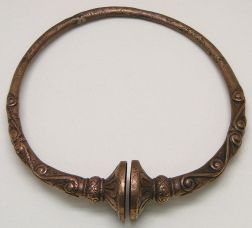
Torc of Protection
Wondrous item, rare (requires attunement)
When you wear this neck ornament consisting of a band of twisted metal, you gain a +1 bonus to AC and saving throws. The torc of protection does not function if you wear metal armor or use a shield made of metal.
Torc of the Gods
Wondrous item, legendary (requires attunement)
This magical device functions like a torc of protection. Additionally, you can cast both polymorph (Wisdom save DC 17) and shapechange once each per long rest while wearing the torc of the gods. The torc of the gods does not function if you wear metal armor or use a shield made of metal.
